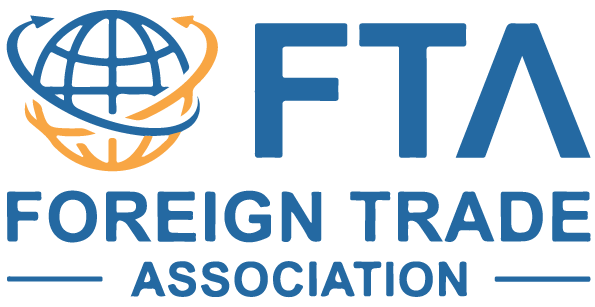The purpose of the marking requirement is to inform the ultimate US purchaser of the country in which the imported article was made. As stated in 19 CFR 134, every imported foreign article shall be conspicuously, legibly, indelibly and permanently marked to indicate the country of origin to the ultimate US purchaser. The few allowable exceptions to this requirement can be found under 19 CFR 134.32.
Failure to import legally marked products, may result re-exportation, destruction, 10% marking duties, or liquidated damages equaling the shipment’s value.
Generally, a license is not required to import. Some products, however, do require a license or permit from various government agencies in order to be imported. Check with a customs broker to see if a specific item requires a license or permit.
The Generalized System of Preferences is a U.S. duty exemption program cited in 19 CFR 10.171 through 10.178. This program helps developing nations improve their economic condition through exports and provides for the duty-free importation of a wide range of products that would otherwise be subject to duty if imported from non-GSP status countries.
To qualify for this program the following conditions must be met:
(1) The product must be GSP eligible as stated in the Tariff Schedules. (2) The Country of Origin must be a designated Beneficiary Developing Country (BCD). (3) The product must be either wholly grown, produced, or manufactured in the BCD, or at time of import, at least 35% of the product’s dutiable value, must be from costs directly attributable to the BCD. (4) The product must be directly imported from the BCD to the US. (5) The U.S. Importer or his Customs Broker must request GSP treatment on the CF7501 consumption entry. (6) BCD Cost Data or Bill’s of Material must be available to support the GSP claim.
More specific information can also be obtained from Customs website at: www.customs.gov/xp/cgov/import/regulatory_audit_program/gsp.xml
Foreign-trade zones (FTZ) are secure areas located in or near ports of entry, but legally considered to be outside the Customs territory for the purpose of tariff laws and Customs entry procedures.
All commodities, technology or software subject to the licensing authority of the Bureau of Industry and Security (BIS) are included in the Commerce Control List (CCL) which is found in Supplement 1 to Part 774 of the Export Administration Regulations. On the CCL, individual items are identified by an Export Control Classification Number (ECCN).
Not all products require an export license to ship out of the US. However, the exporter (the US Principal Party in Interest or USPPI) is responsible for determining whether its products are subject to export controls and, if so, the specific controls that apply. Even though it may be completed by a freight forwarder, the USPPI is responsible for the license number or license exception/exemption placed on the Shipper’s Export Declaration or Automated Export System transmission, and will be liable for any false statements in this regard. Penalties can include detention or seizure of the goods, financial penalties, and criminal actions against the exporter and its employees. A common assumption is that only “high-tech” articles are subject to export controls. This is not entirely correct. Many high tech articles are not subject to special licenses or controls. Conversely, many low-tech or non-technical articles may be subject to export controls. In addition, it may be illegal to ship to certain denied or debarred foreign parties or embargoed countries. The exporter must screen its shipments to assure that it is not engaging in illegal transactions.
The primary US Government agencies regulating exports are the Bureau of Industry and Security, whose website is located at http://www.bxa.doc.gov/ and the Office of Defense Trade Controls, US Department of State, whose website is located at http://www.pmdtc.org/
Duty drawback is a refund or remission, in whole or in part, of a Customs duty, internal revenue tax, or fee. The amount of refund generally paid to a drawback claimant is 99% of the duties, internal revenue tax, or fee paid on goods, materials or components which are imported into the United States and subsequently exported or destroyed, in an unused condition, as either:
(1) a manufactured product from the imported merchandise or substituted domestic merchandise of the same kind and quality as the imported article(s), or a combination thereof; or (2) the same article in an unused condition or a substituted domestic article that is commercially interchangeable (fungible) with the imported merchandise. There are a number of different kinds of duty drawback authorized under law and the statute providing for specific types of drawback can be found in 19 U.S.C. 1313 and the implementing regulations which are contained in Part 191 of the U.S. Customs Regulations (19 CFR Part 191). Any importer, exporter or third party seeking to enter into a duty drawback program should consult the referenced regulations. The drawback statute is complex and penalties can apply for non-compliance with the regulations. Also, Part 181 of the U.S. Customs Regulations should be consulted for merchandise that is subject to the NAFTA drawback and other duty-deferral programs.
In general, there are two types of letters of credit: Commercial and Standby. The purpose of both types of letters of credit is to replace the creditworthiness of the buyer with that of the issuing bank. A Letter of Credit is a document issued by a bank or other financial institution for the account of the buyer (known as the Applicant) to pay the Beneficiary the value of the draft and/or documents provided that the terms and conditions of the Documentary Credit are complied with. It is important to remember that the Documentary Credit assures payment on the basis of documents alone and not based on the goods or services to which it may refer. The Standby Letter of Credit serves as a back-up or secondary means of payment in the event of a default by the Applicant, whereas a Commercial Letter of Credit is activated by the performance of the Beneficiary (i.e., goods being shipped by the Beneficiary).
The ATA Carnet is an international Customs document that a traveler may use to temporarily import certain goods into a country without having to engage in the Customs formalities usually required for the importation of goods, and without having to pay duty or value-added taxes on the goods. The U.S. allows for the temporary importation of commercial samples, professional equipment and certain advertising materials by a nonresident individual. “ATA” stands for the combined French and English words “Admission Temporaire-Temporary Admission.”
It is not necessary to hire a Customs broker to clear your goods but many importers do utilize the services of a Customs broker. A Customs broker will fill out the necessary paperwork on behalf of an importer. Many importers find the services of a broker to be invaluable since some importations can be particularly complex. If an importer chooses to forego the services of a licensed customs broker, he or she must be aware of Customs requirements and is responsible for ensuring the importation is compliant.
There are two broad categories of entry bonds, Single Transaction Bonds (STB) & Continuous Bonds (CB). STBs are normally used by entities who import infrequently. CBs are normally used by those with more frequent transactions.
For most commodities, STBs are normally required in an amount equal to the entered value of the goods plus the estimated duties & taxes thereon. For goods subject to “other agency” approval (e.g., FDA, EPA, CPSC) or quota/visa restrictions, STBs are normally required in an amount equal to three times the entered value.
CBs are normally required in an amount approximating 10% of duties/taxes accruing on goods imported during the previous calendar year, subject to a $50,000 minimum bond amount. When annual duties are under $1,000,000. CBs are required in multiples of $10,000. When annual duties are $1,000,000 or more, CBs are required in multiples of $100,000. CBs for importers of textiles are generally based on 2% of annual entered value, subject to the $50,000 minimum.

